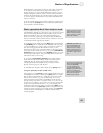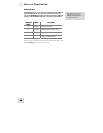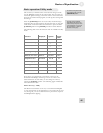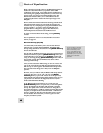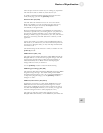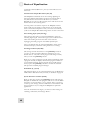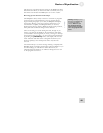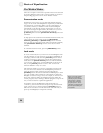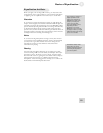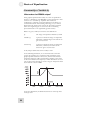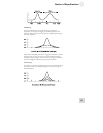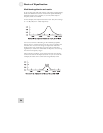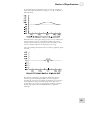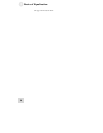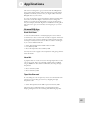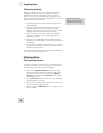
Basics of Equalization 3
Equalization Artifacts
When you apply a lot of EQ (6dB or more), you may hear some
consequences on the output. Here are a few common side effects
to applying a lot of equalization and some ways to avoid them.
The potential for artifacts is
highly dependent on the
audio source material. A
D
EQ830 curve that works
well for processing one
source may clip when
p
rocessing another source,
depending on which
f
requencies are present.
M
aking the curve work may
be simply a matter of a slight
adjustment in the gain setting
f
or one or two bands.
Distortion
If you boost too many frequencies too high, you will distort the
output. If this happens, the channel’s red CLIP LED will light. To
avoid this, turn down the signal being sent to the DEQ830. Other
options include adjusting the Channel Level settings in Edit mode,
or adjusting the Master Level setting in Utility mode. The best
option is to try another method of achieving the desired effect: cut
the highs instead of boosting the low frequencies; reduce the lows
and highs instead of boosting the midrange, etc.
Noise
If you boost the high frequencies enough you may hear noise in
your system that was inaudible otherwise. If this is objectionable,
you may want to gate that channel when it isn’t being used or
automate the console so that channel is muted when that
instrument isn’t playing.
I
nstruments usually sound
better when you cut the
p
roblem frequencies instead
of boosting the frequencies
y
ou want to feature.
Phasing
You may hear some phase distortion if you apply a lot of EQ,
such as boosting 12dB on several bands, for example. This is just
the nature of EQ—the more you cut or boost, the more phase
distortion will occur. Try getting the same effect with less EQ; try
cutting instead of boosting; try a different position for the
microphone. All of these suggestions can help you to achieve the
desired effect with minimal phase distortion.
51



